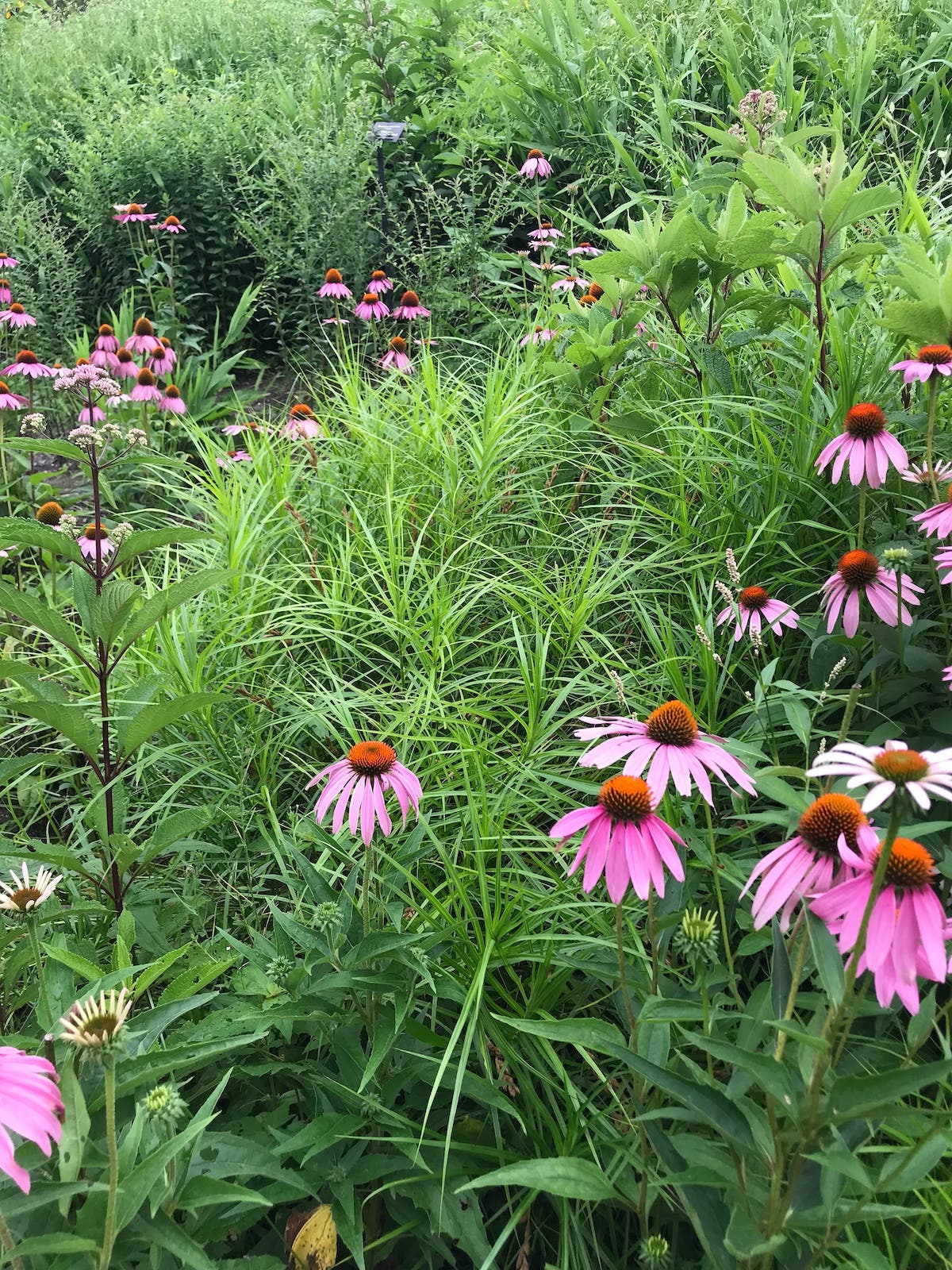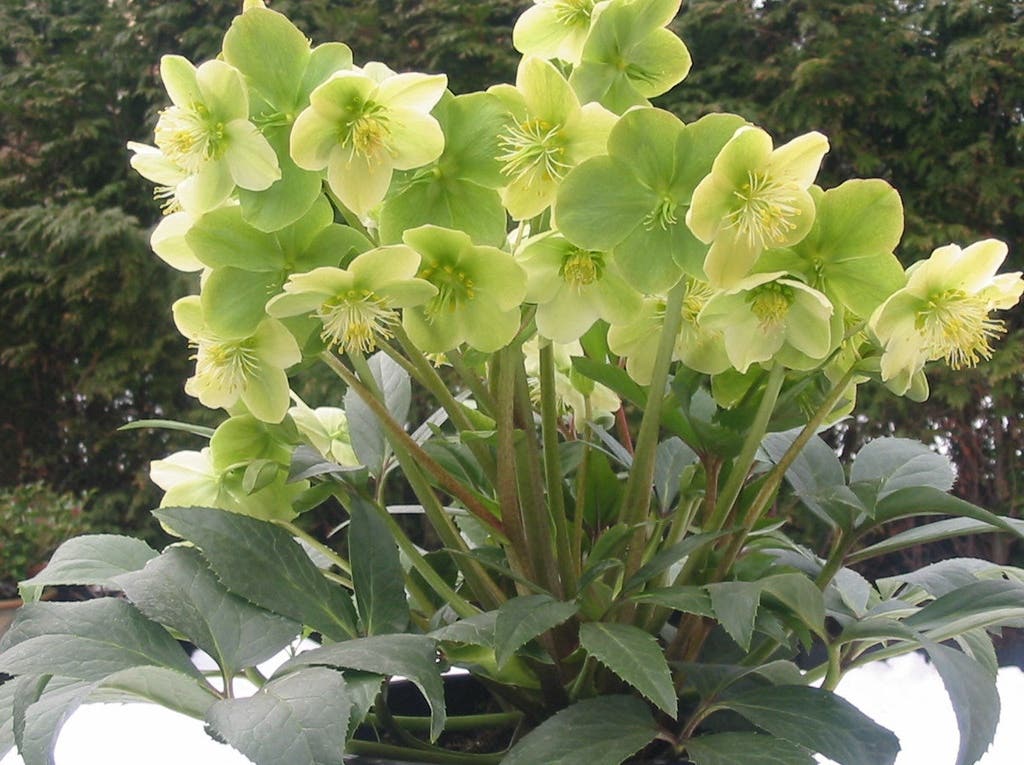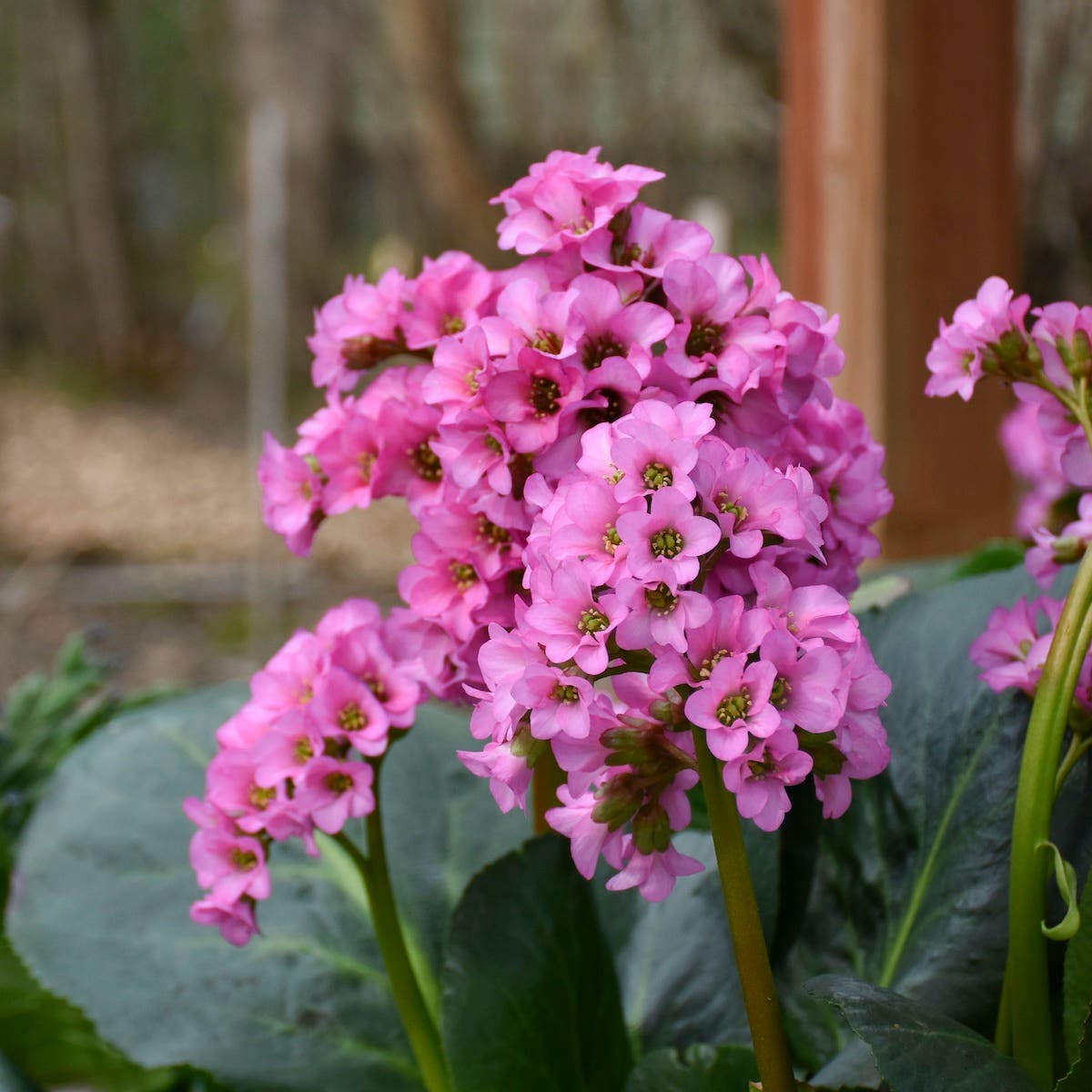Winter’s Green Wonders
A garden needn’t look doornail dead in winter. One cold, windy day last January I took a stroll around my northern Alabama garden (USDA Zone 7), notebook in hand. I found a few blooms (winter aconite, Lenten rose, and even an odd scattering of ‘King Alfred’ daffodils), but I was struck by how many herbaceous perennials presented lush, interesting winter foliage…
A garden needn’t look doornail dead in winter. One cold, windy day last January I took a stroll around my northern Alabama garden (USDA Zone 7), notebook in hand. I found a few blooms (winter aconite, Lenten rose, and even an odd scattering of ‘King Alfred’ daffodils), but I was struck by how many herbaceous perennials presented lush, interesting winter foliage.
Take hardy cyclamen for a superb example. Cyclamen grow from plump, round tubers that should be planted barely below the soil surface in loose, sharply draining, fertile soil. From their emergence in October until they fizzle out in May, the heart-shaped leaves of Cyclamen hederifolium (Zones 4–8) form a ground-hugging mat around the concrete pavers leading to our front porch. Intricately patterned in contrasting dark and silvery green, they take winter in stride, coping with subfreezing weather by temporarily curling under at their toothy margins and turning darker.
Cyclamen bear a superficial resemblance to the native evergreen wild gingers (Asarum spp., syn. Hexastylis), the most obvious difference being that the mottled cordate leaves of gingers have smooth margins. These low-to-the-ground woodland plants favor damp shade, but with regular water, little brown jug (Asarum arifolium; Zones 5–9) holds its own on a bank that gets an hour or so of afternoon sun in summer. Silver splashes its dark green, six-inch leaves, making it a dynamite companion for the deciduous Japanese painted fern (Athyrium niponicum). I also grow Shuttleworth’s ginger (Asarum shuttle- worthii; Zones 6–9), whose leaves are smaller and more rounded than those of A. arifolium, with veins that may be traced in greenish yellow or near-white. Though they never go dormant, evergreen gingers are excruciatingly slow growing. If a gardener plants enough of them in humusy damp shade and takes care of himself, he may live to see them form a groundcover.
Far faster coverage can be had with broadleaf toothwort (Cardamine diphylla, syn. Dentaria diphylla; Zones 4–8), a low-lying member of the mustard family common to woodlands throughout eastern North America but not, inexplicably, to gardens. I’ve long advocated its use as an alternate season companion for hosta, because the toothwort comes up in fall as hosta goes dormant and vice versa in spring. This toothwort makes a mat of toothy three-part leaves—dark green with white veins on top, flushed purple underneath.
The deceptively tropical-looking Italian arum (Arum italicum; Zones 5–9) emerges from dormancy in October, the stemless, foot-and-a-half-high leaves shooting up like spear points before unfurling rubbery, Y-shaped, deep green blades prominently marbled with silvery green. The leaves hunker down on cold winter mornings but spring back up as the day warms. In colder climates, they may disappear altogether in winter, to be replaced by a fresh batch in spring. Italian arum performs best in moist shade. Cultivars ‘Jet Black Wonder’ and ‘Marmoratum’ are reported to be hardy into Zone 4.
Italian arum may spread (presumably by birds) into nearby woods. I have an uneasy suspicion that certain hellebores may do the same—in my yard every Lenten rose (Helleborus xhybridus; Zones 4–9) I plant is shortly surrounded by a constellation of little ones. As the long-lasting winter flowers appear, so does a fresh set of leathery, palmately divided saw-edged leaves, which form boldly handsome clumps to about 18 inches high. For my sole specimen of the statuesque H. foetidus ‘Gertrude Jekyll’, my winter’s day notes read: “Spurt of new limey growth above fingers of older, dark green leaves. Topped with dangling lime-green balls of impending bloom.” All sources claim hellebores prefer moist, well-drained, humus-rich soil, and I suppose they do, but in this yard they hang tough in some






